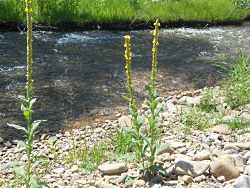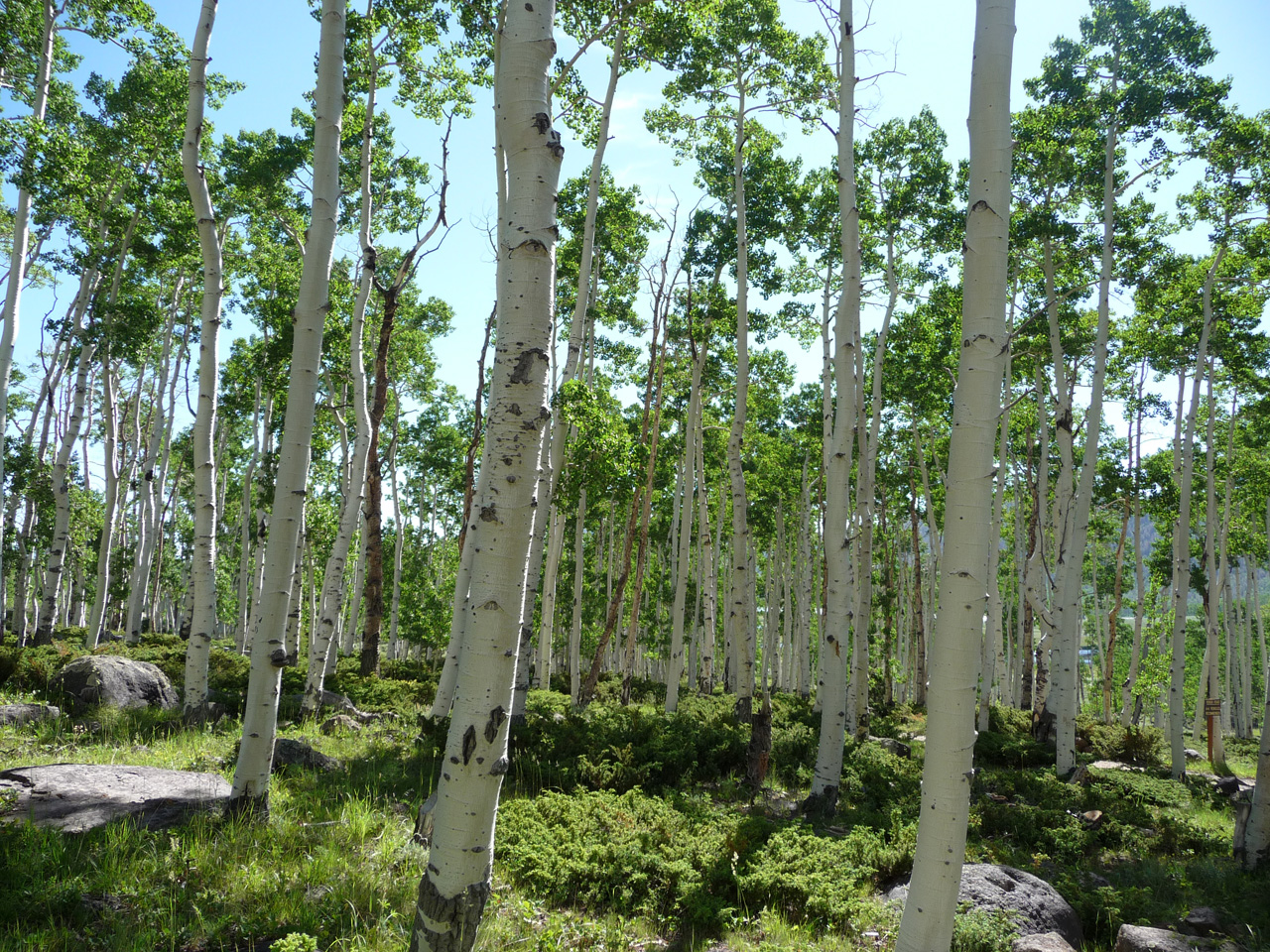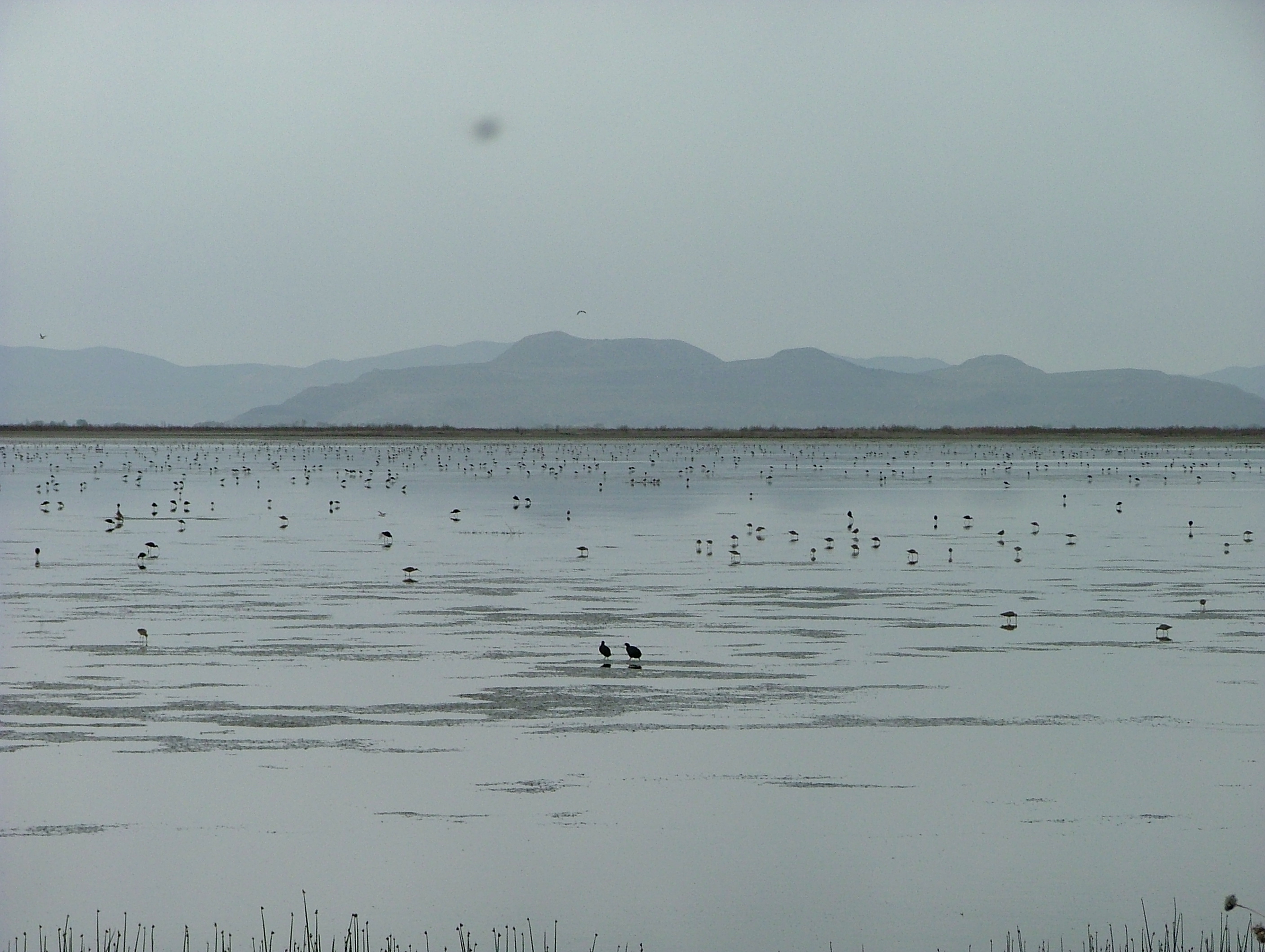
Hi, I’m Holly Strand from Stokes Nature Center in beautiful Logan Canyon.Follow the Bouncing Deer
Mule deer are frequent visitors to our yard in Providence. I love their large liquid eyes and their huge questioning ears.
What I don’t like is that they eat our garden and stunt our trees. So when I find them munching, I fling open the back door and run toward them, yelling and flapping my arms –often in my nightshirt. In response, they bounce, bounce, bounce away. That is, they employ a springy gait that biologists call stotting. What possible benefit is it to bounce like? Why don’t they just run?
When a mule deer or pronghorn or bighorn stotts, it keeps the right and left forelegs close together and likewise the hindlegs. During the jump, all four legs leave the ground simultaneously and land simultaneously. In between landings all four legs are stiff and straight.
In between jumps the animal is suspended in the air for 64% of the entire length of one stride. You would think that the energy required to keep the animal in the air could be better used to propel forward. In other words, wouldn’t a fast horizontal run be a better way to keep a coyotes teeth out of your rump? Or– in the case of our backyard– to distance yourself from a wild looking woman waiving her arms and yelling.
One researcher clocked the speeds of galloping vs. stotting mule deer. Surprisingly, the fastest speeds of a stotting mule deer were just as fast as top galloping speeds—around 9.5 meters per second. That’s over 21 miles per hour.
There are lots of opinions on why stotting evolved. But most experts agree it is a response to predators.
Some say that stotting is a signal to predators that deer is healthy and will be able to outrun the predator. Thus, the deer is sending a “Don’t waste your time” message.
Many believe that stotting delivers an advantage on rugged open terrain. Stotters can clear rocks, logs and brush more effectively than gallopers.
Stotting might also be an anti-ambush behavior. The height gained during stotting allows the mule deer to check the surrounding vegetation along their escape path. Crouching coyotes, wolves and mountain lions are detected and avoided.
Whatever the reason—and there may not be just one–those bouncing deer are fun to watch.
For sources and archives of past Wild About Utah programs, go to www.wildaboututah.org.
For Wild About Utah and Stokes Nature Center, I’m Holly Strand.
Credits:
Photo: Courtesy US FWS Digital Media, Jack Woody Photographer
Text: Stokes Nature Center: Holly Strand
Sources & Additional Reading
Caro, T.M. 1986. The functions of stotting: a review of the hypotheses. Animal Behaviour Vol. 34, No. 3. Pp. 649-662. https://www.sciencedirect.com/science?…
Lingle, Susan. 1992. Escape gaits of white-tailed deer, mule deer and their hybrids: Gaits observed and patterns of limb coordination. Behaviour Vol. 122 No. 3-4. https://booksandjournals.brillonline.com/content/journals/10.1163/156853992×00499
Utah Division of Wildlife. 1999. Mule Deer. Wildlife Notebook Series No. 13
wildlife.utah.gov/publications/pdf/2010_mule_deer.pdf [Accessed September 29, 2010]







